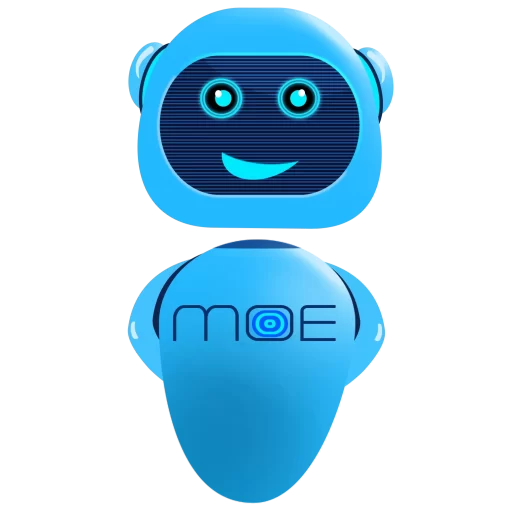Education has always been the cornerstone of society, shaping the minds of individuals and driving progress. With the advent of technology, education has progressively evolved, offering new and innovative ways to enhance the learning experience.
One such groundbreaking development in the field of education is the emergence of teaching chatbots. These intelligent conversational agents are revolutionizing the way students engage with educational content, providing personalized and interactive learning experiences. In this article, we will explore the fascinating world of teaching chatbots, their functionalities, and the impact they have on education.
Understanding Teaching Chatbots
Teaching chatbots, also known as educational chatbots, are AI-powered virtual assistants designed to interact with students through text or voice conversations. These intelligent agents are equipped with advanced natural language processing (NLP) algorithms, enabling them to understand and respond to student queries in a human-like manner.
There are numerous examples of teaching chatbots across various educational domains. Take, for instance, Duolingo’s chatbot, which helps language learners practice their skills by engaging in realistic conversations. Similarly, there’s NetTutor, a chatbot that provides tutoring services to students, assisting them with their academic queries.
The benefits of using teaching chatbots in education are immense. One key advantage is their ability to personalize the learning experience. These chatbots can adapt their teaching methods based on individual student needs, considering their pace of learning and preferences. With a chatbot as a virtual teacher, students can receive personalized attention unlike in a traditional classroom setting where the teacher’s focus is often divided among many students.
How Teaching Chatbots Work
Teaching chatbots rely on sophisticated technologies, such as natural language processing and machine learning algorithms, to facilitate their interactions with students. By analyzing and understanding the context of student queries, chatbots can provide accurate and relevant responses.
The interaction process with a teaching chatbot typically involves students asking questions or seeking assistance with a particular topic. The chatbot then processes the query, retrieves the relevant information from its vast knowledge base, and formulates a response. This process happens seamlessly, allowing students to engage in natural and dynamic conversations with the chatbot.
What sets teaching chatbots apart is their ability to adapt and improve their teaching methods based on individual student feedback. By analyzing the responses and reactions of students, chatbots can identify areas of improvement and adjust their teaching strategies accordingly. This iterative approach ensures that the chatbot continuously optimizes its effectiveness in delivering educational content.
The Impact of Teaching Chatbots on Education
The introduction of teaching chatbots has brought about a positive impact on education, shaping a new era of learning. One significant advantage is the enhanced student engagement and motivation that chatbots provide. With interactive and dynamic chatbot interfaces, students are more involved in the learning process, fostering a higher level of interest and attentiveness.
Another notable benefit is the improved accessibility to educational resources. Teaching chatbots can reach students in remote areas or those with limited resources, ensuring they have equal opportunities for quality education. Furthermore, chatbots can provide round-the-clock accessibility, enabling students to pursue their education at their convenience, even outside regular school hours.
Additionally, teaching chatbots can alleviate the workload of teachers in various ways. Chatbot-assisted grading and administrative tasks can save teachers valuable time, allowing them to focus on more personalized and interactive teaching methods. Consequently, this can lead to a more enriching educational experience for both teachers and students.
Potential Concerns and Limitations
While teaching chatbots offer exciting possibilities, there are also valid concerns and limitations that need to be addressed. One common concern is the fear that chatbots may replace human teachers entirely. However, it’s important to note that chatbots are designed to augment rather than replace human educators. They are meant to enhance the learning experience, providing additional support and resources.
Ethical considerations and data privacy are also crucial when utilizing teaching chatbots. Educators must ensure that student data is handled securely and transparently, following strict protocols to protect privacy. Furthermore, biases within chatbot algorithms must be monitored and minimized to ensure fair and unbiased interactions with students.
Future Possibilities and Challenges
The future of teaching chatbots holds even more exciting possibilities. As technology continues to advance, there is potential for the integration of emotional intelligence into chatbots. This would facilitate not only the transmission of knowledge but also the development of crucial emotional and interpersonal skills in students.
However, challenges remain on the path to widespread adoption of teaching chatbots. Implementing and maintaining chatbots in educational institutions requires substantial resources, including appropriate infrastructure and up-to-date technology. Collaboration between developers, educators, and policymakers is essential to optimize the effectiveness of teaching chatbots in diverse educational settings.
Emergence of Teaching Chatbots
The emergence of teaching chatbots has truly revolutionized education, offering personalized and interactive learning experiences. These intelligent agents are transforming the way students engage with educational content, fostering enhanced student engagement and motivation. While there are concerns and challenges to be addressed, the potential for Moe Chatbot to shape the future of education is undeniable. As educators and institutions, let’s embrace this technological evolution and explore the vast possibilities of teaching chatbots for unparalleled educational experiences.

